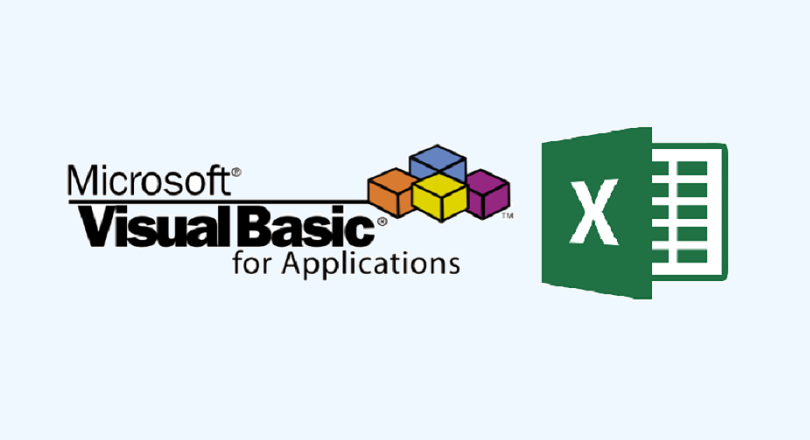
Free eBooks for Beginners
VBA, or Visual Basic for Applications, is a programming language that is widely used in Microsoft Office applications such as Excel, Word, and PowerPoint. One of the powerful features of VBA is the ability to work with data stored in databases. This is done using the ActiveX Data Objects (ADO) library. In this article, we’ll go over the basics of working with ADO in VBA for beginners.
ADO allows you to connect to and work with databases, including Microsoft Access, SQL Server, and other databases that use the Open Database Connectivity (ODBC) or Object Linking and Embedding (OLE) DB standards. With ADO, you can retrieve, add, update, and delete data in a database, as well as perform other database management tasks.
To start using ADO in VBA, you’ll need to add a reference to the ADO library in your VBA project. This is done by going to the VBA editor, clicking on “Tools” in the menu bar, and selecting “References.” From the list of available references, select “Microsoft ActiveX Data Objects 6.1 Library” (or the appropriate version for your system).
Once you have the ADO library added to your project, you can use its objects and methods to work with databases. The main objects you’ll use in ADO are the Connection, Command, and Recordset objects.
The Connection object is used to establish a connection to a database. You’ll need to specify the type of database you’re connecting to, as well as the location of the database and any necessary login credentials.
The Command object is used to execute SQL statements, such as SELECT, INSERT, UPDATE, and DELETE statements. You’ll need to specify the SQL statement as well as the connection to use when executing the statement.
The Recordset object is used to retrieve the data returned by a SQL statement. You can use the Recordset object to loop through the returned data, access individual records, and modify the data.
With these objects and methods, you can perform a wide range of database management tasks in VBA. For example, you can retrieve data from a database and display it in an Excel worksheet, update data in a database based on data in an Excel worksheet, or add new data to a database.
In conclusion, ADO is a powerful tool for working with databases in VBA. By connecting to a database, executing SQL statements, and working with the returned data, you can perform a wide range of database management tasks in your VBA projects. Whether you’re new to programming or have experience with other programming languages, ADO is a great place to start for anyone looking to work with databases in VBA.
VBA for Beginners – Chapter 37 : Working with ADO
 Loading...
Loading...
Disclaimer: The information and code presented within this recipe/tutorial is only for educational and coaching purposes for beginners and developers. Anyone can practice and apply the recipe/tutorial presented here, but the reader is taking full responsibility for his/her actions. The author (content curator) of this recipe (code / program) has made every effort to ensure the accuracy of the information was correct at time of publication. The author (content curator) does not assume and hereby disclaims any liability to any party for any loss, damage, or disruption caused by errors or omissions, whether such errors or omissions result from accident, negligence, or any other cause. The information presented here could also be found in public knowledge domains.